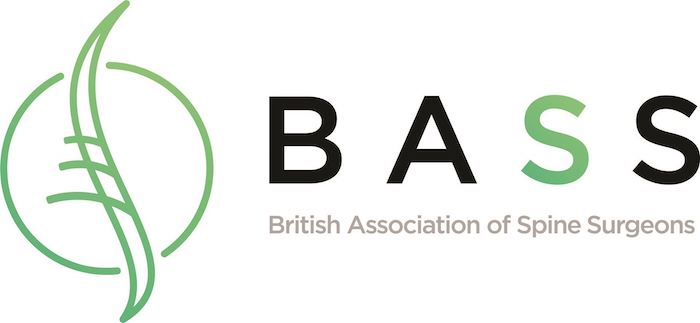Surgery: Denervex rotatory capsular debridement (DRCD)
Introduction
Denervex rotatory capsular debridement (DRCD) is a minimally-invasive procedure for back pain, where the aim is to find the medial branch (which supplies the facet joint) and grind it out using a small blade attached to the end of a rotating wand which is passed down a 1 cm incision on to the facet joint capsule where the medial branch sits. Additionally the blade is heated up to 55 degrees centigrade to doubly disrupt the medial branch supplying the facet joint.
The medial branch, like any nerve, has a sheath. In radiofrequency ablation (RFA) the small medial branch nerve is heated up to 80 degrees centigrade and although this “ablates” the nerve, the nerve sheath beyond the area that is burnt, is still present. As such the nerve can grow across the area that has been burnt, find the sheath beyond the burnt area and grow back down it. By growing back down the sheath, the nerve can start to work again and with it, the back pain comes back.
With Denervex rotatory capsular debridement, the aim is not only to heat the same area but also to grind down the medial branch to the bone, which is supposed to make it harder for the medial branch nerve to grow back down the nerve sheath.
Frequently asked questions
Why don’t I have DRCD straightaway rather than having radiofrequency ablation?
DRCD involves making a proper spinal incision of 1cm at each area that is to be treated. As such the main risks of bleeding and infection are much higher compared to RFA, which is performed down a needle. In view of this is it sensible to do the procedure with the lowest risk first, namely radiofrequency ablation.
How long does it last?
Current thinking is that DRCD should last at least 2 years but it can obviously be shorter or longer.
Will it hurt after the procedure?
As with any operation, you should expect a degree of discomfort and I will ask you to take all your usual pain killing tablets (including paracetamol and/or ibuprofen) for 2 weeks after the procedure.
What do I need to do after the procedure?
As DRCD requires an incision and usually 2 sutures at each incision site, I will ask you to keep your wounds dry for 10 days to allow the wounds to heal properly. Unfortunately this means no baths or showers during this time and flannel washes to “bits and pits”. You will need your sutures removed after 10 days, which you will need to organise with your GP practice, usually by the practice nurse.
Regarding post-operative rehabilitation, I will ask you to avoid bending, lifting and twisting for two weeks and the only exercise I ask you to do is walking, usually twice a day for 40 minutes on each walk. I will follow you up 2 weeks after the procedure to check the wound and to decide on how quickly to start any further post-operative rehabilitation, including back strengthening and core stability exercises.
Will I need any time off work?
Yes, I will ask you to take at least 2 weeks off work and I will sign you off during this time with a sick note.
IMPORTANT NOTICE :
UNFORTUNATELY THE COMPANY WHICH HAD THE EXCLUSIVE RIGHTS TO SUPPLY DENERVEX TO THE UK IS UNDERGOING A RE-TENDERING PROCESS AND UNTIL THIS IS COMPLETE DENERVEX IS UNAVAILABLE.



